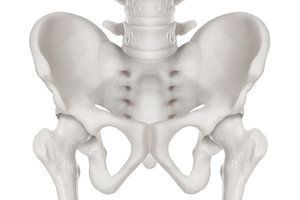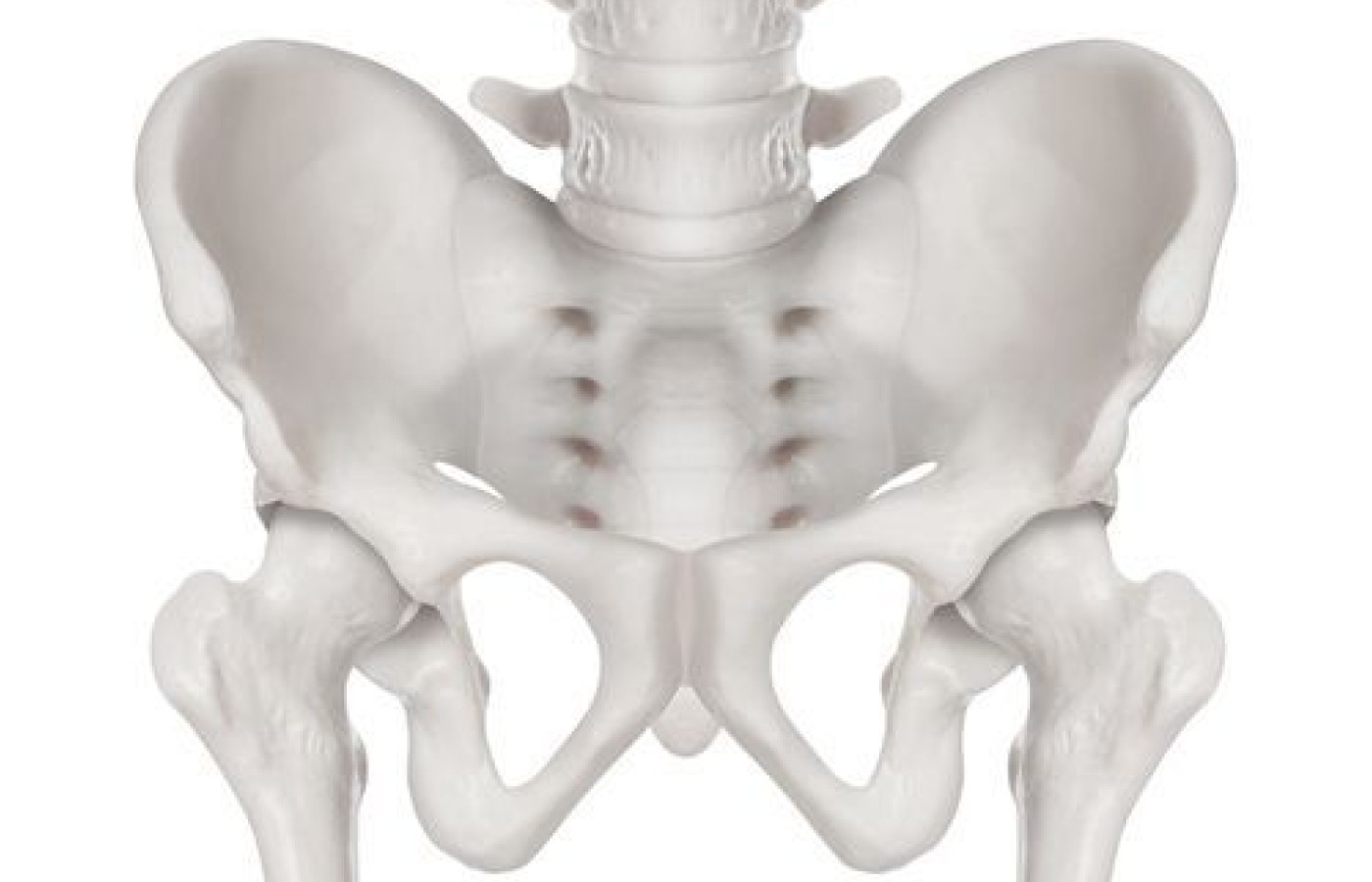Whether you accept it, avoid it or live somewhere in between, insurance coverage has become a defining issue for our profession. Patients increasingly expect to use their benefits, practitioners want to be compensated fairly for their time and expertise, and the system itself remains – at best – fragmented. The encouraging news is that coverage has expanded in meaningful ways. The challenging news is that reimbursement, across the board, remains inadequate.
Quick Sacroiliac Assessment: Treating Different Types of Pain
The lower back is a generator for a number of types of pain. The lower back involves several different articulations – the lumbar spine with vertebral bodies, discs, and facets – the sacroiliac joints – and the lumbosacral junction. More often than not, patients automatically assume that their back pain is due to a disc herniation and sciatica. While screening for a disc is important and reasonable, don't forget to evaluate the pelvic ring as a source of mechanical lower back pain.
Transferring Body Weight
According to Evans' text: The pelvis is a unique structure specifically designed to transfer the body weight from the singular weight bearing axis of the spine to the bipolar weight-bearing mechanism of the lower extremities. The primary function of the pelvic ring is this mechanical transfer of weight, the pelvic ring must be intact for normal lower back function and stability. It is of note that degenerative arthritic changes are often pronounced in the SI joints.

Probably the most common low back test is the Straight Leg Raise, and this test can be amended to further specifically test for the SI. Goldthwait's sign is an easy extension of the prone SLR.
If pain is produced in the lower back complex with the SLR, slide your hand under the back and palpate the lumbosacral level – if when performing the SLR pain is produced before the L/S articulation separates, it is reasonable to suspect an SI lesion.
If the pain is produced after the L/S spinous processes separate, then it is more likely a lumbar or lumbosacral issue. Continuing this motion is the Knee-to-Shoulder test, flexing both the hip and the knee of the affected side to 90 degrees and pushing the knee up to the abdomen and then across to the opposite side – if this again produces pain in the pelvis you can suspect mechanical irritation of the SI on that side. Taking that same bent leg and pulling it away from the body while stabilizing the opposite ASIS can also stress the SI joint – this is documented as Leguerre's test.
When to Do Further Testing
If you have decided the pain is coming from the SI, further testing is reasonable. It is not good to only have one test or screening maneuver to determine a specific diagnosis – more supporting findings always helps to validate your diagnoses and care. While the patient is still prone for exam you can now perform the Gapping test – leaning over the patient and pushing with crossed palms to separate the ASIS – pain will often localize to the affected SI.
Erichsen's test is well known. Most texts recommend sharp forceful thrusts into the SI to produce pain and a positive finding, but it has been my experience that it doesn't take that much pressure to aggravate an inflamed SI – this test will stretch and aggravate inflammation in the SI or lumbosacral. For me personally I view this test as a screening, and will always pursue other tests to validate my suspicion.
Taking a pause while the patient turns over – lying on the unaffected side - and performing the Iliac Compression test can again help localize pain. While side lying, the examiner pushes straight down over the iliac crest – positive is pain in the SI. Bringing the affected leg back to neutral and then extending the hip can also aggravate an SI lesion. This is documented as Lewin-Gaenslen's test. This can further be exaggerated by having the patient flex and hold the unaffected knee to their chest while performing this maneuver.
Yeoman's Test
When the patient lies prone, also perform Yeoman's test. Stabilize the affected PSS with your hand and gently bend and raise the knee on that side. Pain suggests anterior SI ligament irritation.
There are easily many other tests to further evaluate and define the irritation, but this should help to zero in on SI conditions. Always remember to document findings – positive or negative - always note where the pain goes. Is it in the back, the buttock, or the leg? Does it go down to the knee or foot? Did it cause tension or pulling up into the neck? Such notes are invaluable when documenting your patients' complaints and the extent of the irritation.
It is important to clearly document what you found and why you chose the care plan you did. The health care world is getting smaller, and the obligations of patient care don't get any easier. While an Eastern diagnosis is valuable, being able to validate your diagnosis and care plan in Western medical terms is also very important.
Make sure you take time to clearly document all your findings. These extra notes help document the severity the patients' complaints, and on follow up will show the progressive response to your care. This extra documentation can also help make the difference if you must justify your diagnosis to an insurer or third party. Take the extra few seconds to add these tests into your exam routine – they will serve you well.



